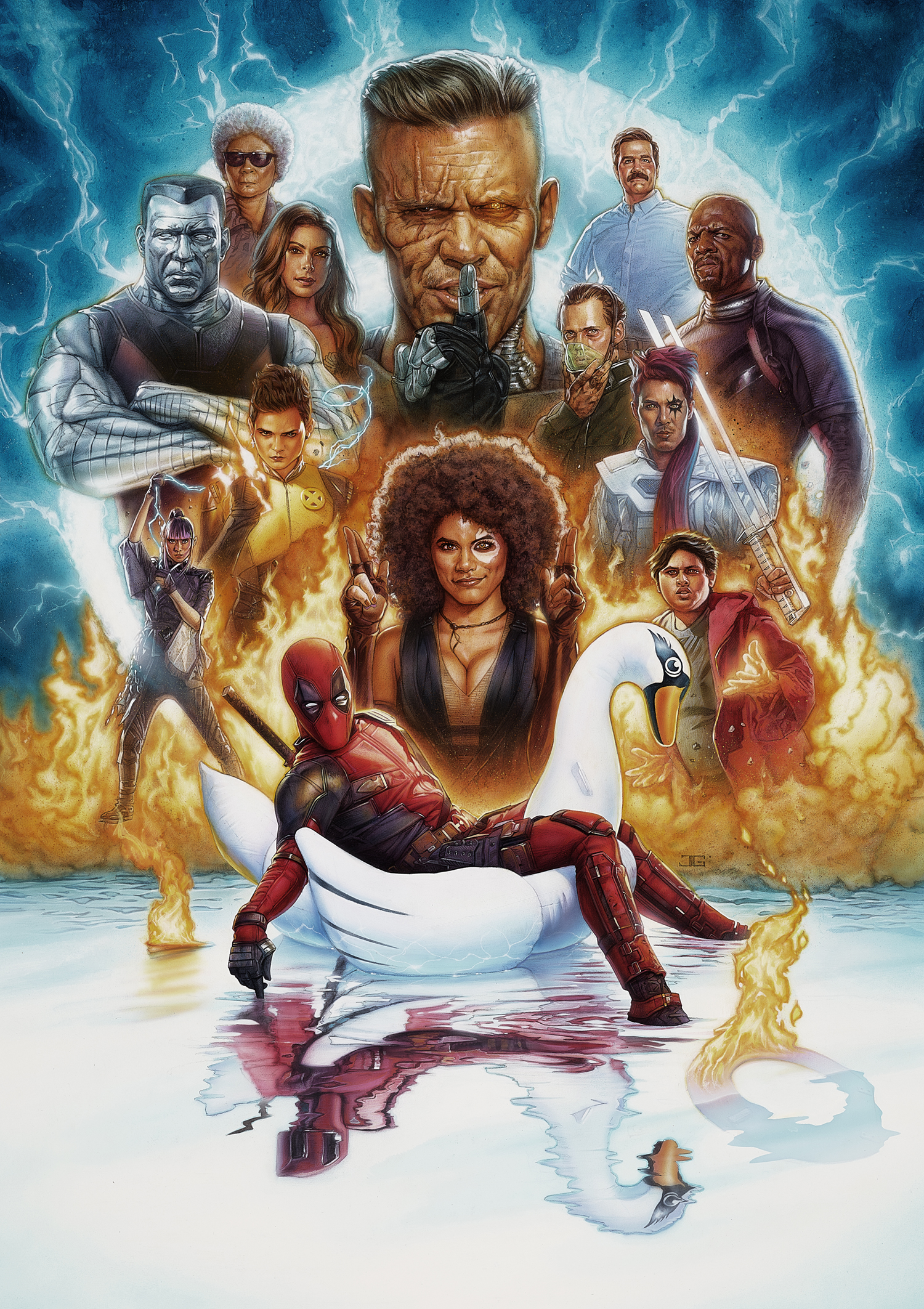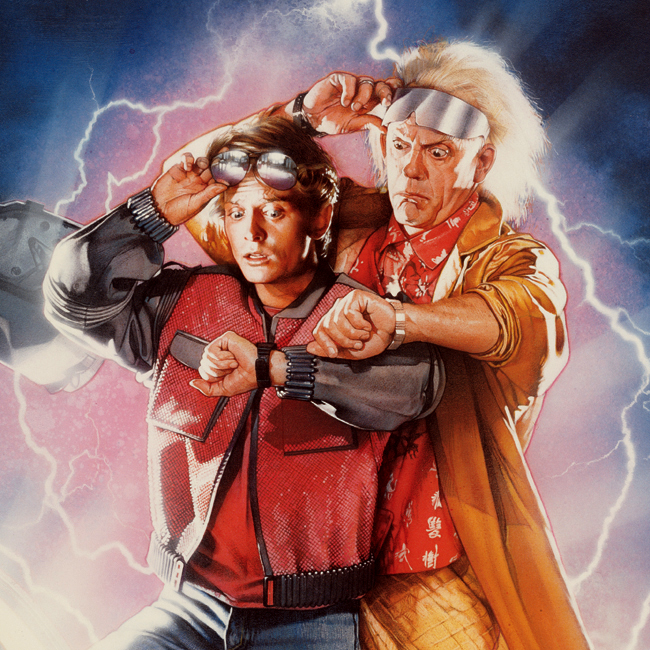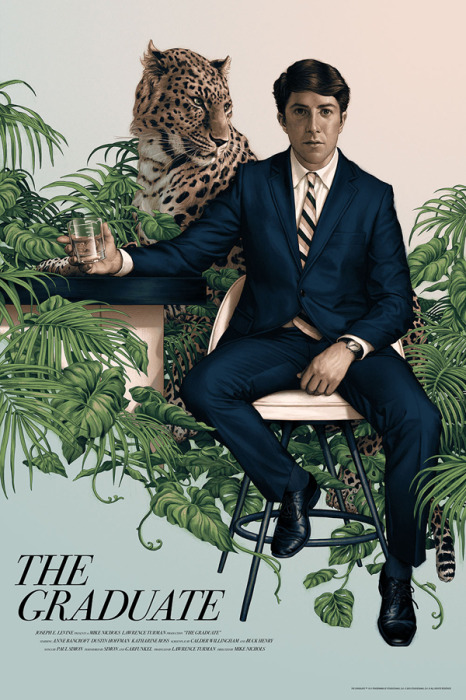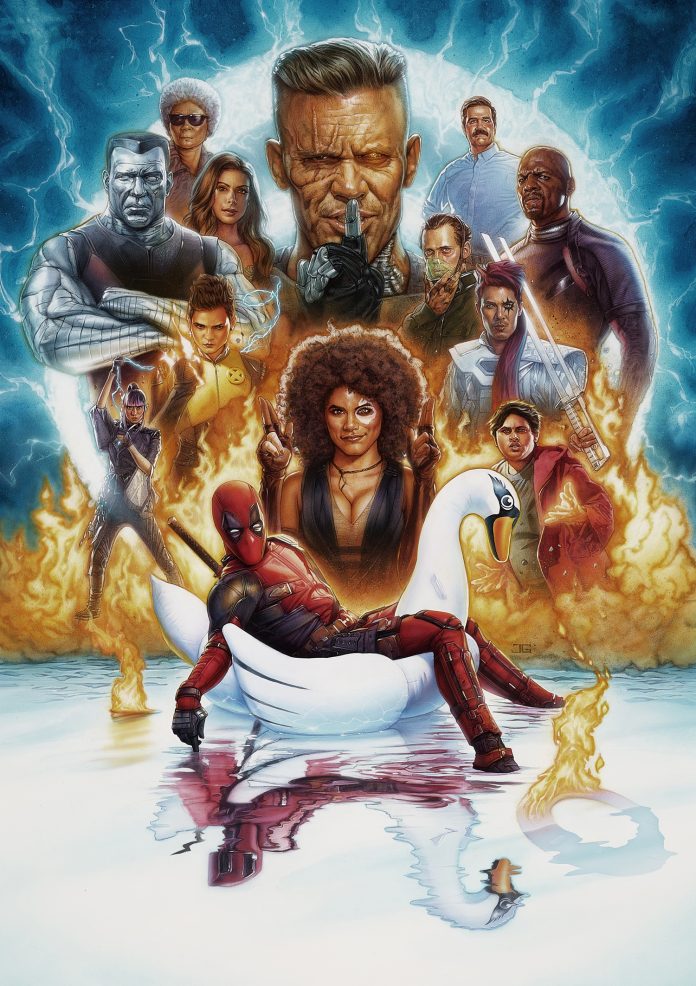Movie posters have come a long way from being just the face of a story. Marketing agencies have long realized the power of a single picture and its storytelling ability to pique the interest of potential viewers. Lately, illustrated film posters have been making a big comeback in the industry. Once Upon A Time In Hollywood (2019), One Child Nation (2019), and The French Dispatch (2020) carry great examples of such posters. A panel of illustrators discussed the resurgence of the illustrated movie poster during last weekend’s ComicCon@Home.

There are a couple of reasons why the demand for illustrated movie posters is increasing. Akiko Stehrenberger (Girl on Fire, The Last Black Man in San Francisco) thinks it is growing because of streaming services like Netflix, which use multiple posters for the same title to reach different audiences. “They have been wanting more of it,” Stehrenberger said. “There is also less money [in budgets] for photoshoots, so that’s where an illustrator can come in and fill in the blanks.” But not all demands root from a financial standpoint, as James Goodridge (Deadpool, Alita Battle Angel) noted. “None of the Deadpool illustrations would have come about were it not for Ryan Reynolds being absolutely hands-on and adamant about how he wanted those campaigns to look,” Goodridge said.

Earlier, almost all production houses leaned towards photographic posters over hand-illustrations up until the digital illustration revolution began. William Stout (Wizards, Life of Brian) recalled the time when his colleague Drew Struzan (Back to the Future, Hook) created a Hellboy poster that left Guillermo del Toro in a “rapturous awe.” The poster was eventually rejected by the studio even though del Toro wanted otherwise. “I think the problem is we went through a very conservative period where the people in charge of the studios knew nothing about art,” Stout said about photos replacing illustrations on posters. “They didn’t know that if Drew Struzan worked from that same photo, he could make that painting look more like the actor than the photograph.” Apart from being rejected, illustrators are hardly ever appreciated on-screen. Rory Kurtz (The Graduate, Baby Driver) said the poster artist’s name is not mentioned in film credits, so he enjoys working on more alternative cinema that spotlight creative work on all fronts.

Masters of mov poster illustrations like Struzan and Stout grew up hand-painting most of their work. Stehrenberger used to hand-paint for the longest time too. “I was anti-digital, but deadlines just got crazier,” she said. “My more hands-on stuff wasn’t going to communicate what it needed to.” It is not just deadlines that forced this shift to digital illustration, but also the inventory, as the number of treatments a single film gets may increase the burden on the artist. “Clients from just one agency are seeing, in one round, maybe close to 60 different posters,” Stehrenberger shared. Studios have so many choices because softwares like Adobe Photoshop and Illustrator is practically limitless in terms of editing, revisions and quick turnarounds.
But of course, as a result of the COVID-19 pandemic most businesses like professional photography had to shut down for a while. Steve Chorney (Once Upon a Time in Hollywood, Who Framed Roger Rabbit) revealed he has been getting more illustration projects during this lockdown. “It’s tough to get a photographic studio,” he cautioned about working together under the lockdown. He confirmed one of the agencies he is currently working with is pitching more illustrations over photographs. Stout called the film business “desperate” and is more likely to try something new right now because of the pandemic.

Despite the resurgence, illustrated movie posters don’t work for all films. “Things go in phases anyway,” artist Robert Rodriguez (The Jewel of Nile, City Slickers II) said. The reason why they were phased out initially, he suggested, was because people “got tired of it.” But alternative films that are produced by independent studios will often take the risk of going all out with illustrations. “The advantage with those companies is that there is an autonomy, and a freedom to do whatever you want to,” Kurtz added. “I think that’s its own beast. It’s always going to be around, sort of play by its own rules, and sometimes the studios take interest in it.” Greg Hildebrandt (Star Wars), who has also been approached to revisit some old classics like Alice in Wonderland and others, said an illustrator has to “get inside of it and make it your own.”
Directors Erik Sharkey and Kevin Burke are currently working on a documentary about Hildebrandt and his late brother, Tim Hildebrandt, and how the duo established their life as legendary illustrators serving inspiration to the next generation of artists.
Miss any of our other SDCC 2020 coverage? Click here for much more!













Movie poster cliches: We’ve seen these over and over.
https://www.boredpanda.com/movie-poster-cliches/?utm_source=google&utm_medium=organic&utm_campaign=organic
That Deadpool 2 poster is hanging in the background of the bedroom of the guy who’s plays the lead on 13 Reason Why.
I knew I had seen that somewhere before.
~
Coat
Comments are closed.